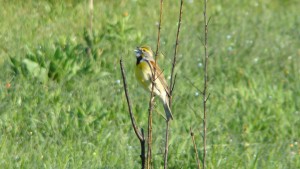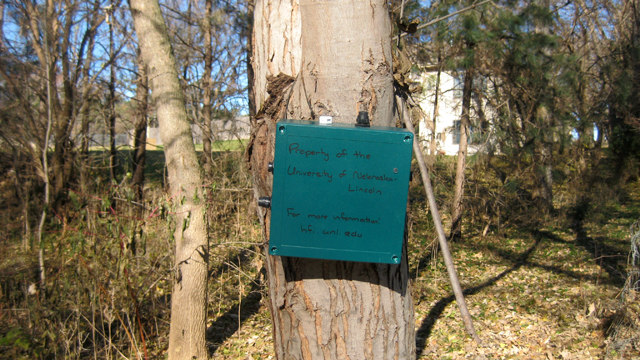
In an effort to improve the sustainability and health of their land, farmers are increasingly interested in taking a systems approach to farmland management. A systems approach acknowledges the key connections between ecological, economic, and social components. Given the ensuing complexity, measuring the health of a farm system requires good diagnostic tools. In addition, these tools need to be clear and straightforward.
Our current effort at the University of Nebraska Lincoln to develop a set of such indicators for farmers, the Healthy Farm Index, focuses on biodiversity and ecosystem services at the farm scale. One indicator in the index is the presences of a given set of birds on the farm. Birds are a popular indicator because they are sensitive to change in farm practices, found broadly in the environment, and are easy to detect by sight and sound.
The ability to detect birds by sound has spurred our research group to develop resources to aid farmers and other people interested in the songs and calls of farmland birds. As researchers, we use auditory detections of birds as one of our primary monitoring tools. With acoustic recorders, we have recorded the songs and calls of our local bird communities. Back in the lab, we use software to identify and isolate the best songs and calls. These vocalizations have been posted to our website, Farmland Birds of Nebraska, and distributed back to farmers and others interested on CDs. With the acoustic recordings, farmers can select a group of indicator species suitable for their area, learn its call, and listen for the bird while working in the field. This information can be used by the farmer in assessing their own farm or can be shared more broadly with researchers.
The recordings also allow farmers to share with consumers (many of whom are birders) an added environmental benefit of their farm. This spring we were able to take these recorded vocalizations back to one of our participating farms. In partnership with Common Good Farm, we hosted a “Birding on the Farm” tour. Local residents and other farmers spent the morning listening for and identifying the community of birds at the farm. New and experienced birders alike were surprised at the diversity found on the single farm.
In the coming months, we are expanding our network of recorders. This winter we will be monitoring winter bird communities on participating farms and testing the influences that road noise may have on bird vocalization and communication.
